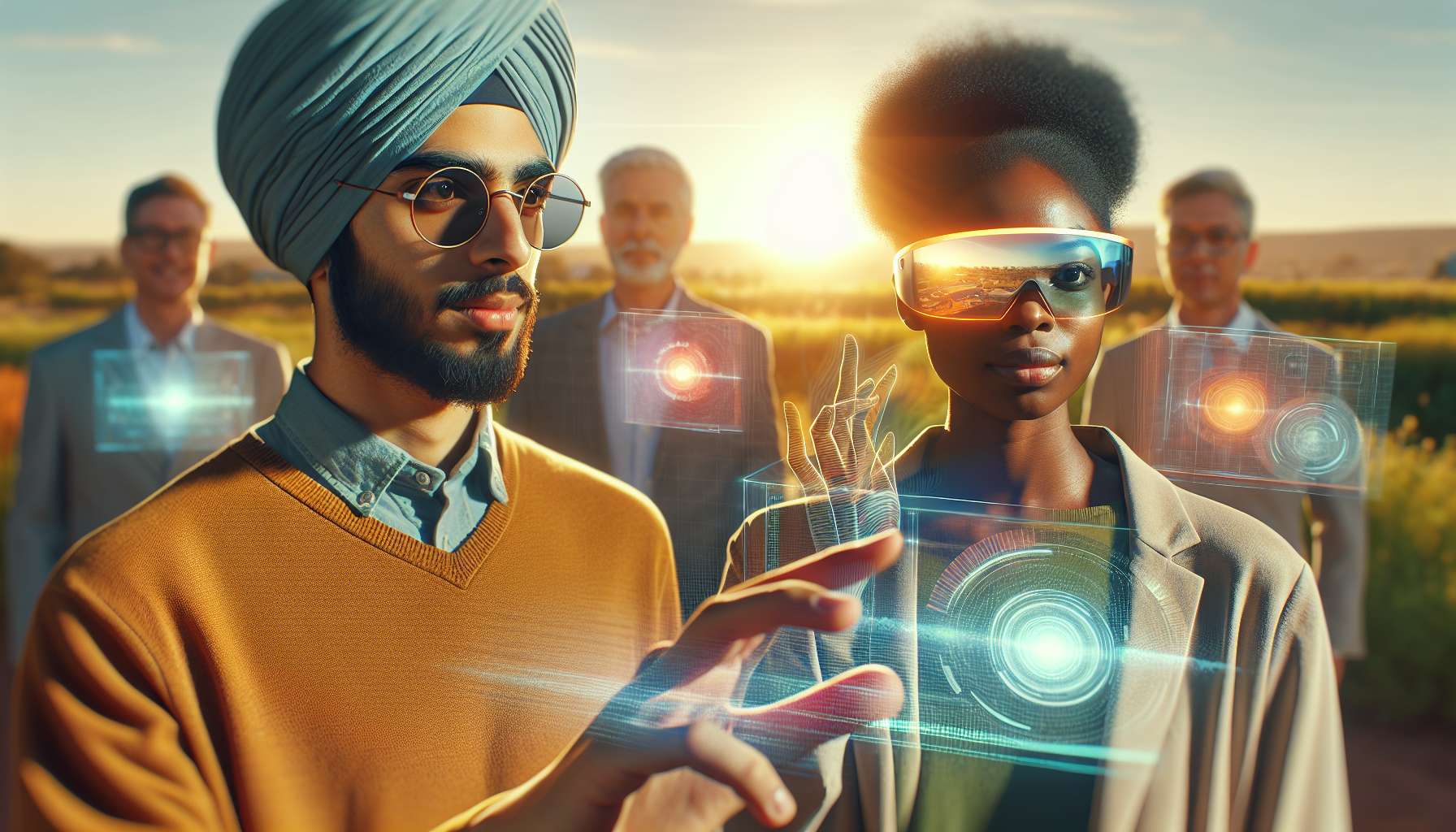Revolutionizing Automotive Engineering with Augmented Reality
As technology continues to advance at an unprecedented pace, industries across the board are embracing innovative solutions to drive efficiency, productivity, and overall performance. One such industry that is at the forefront of this technological revolution is automotive engineering. With the advent of augmented reality (AR), automotive engineers are now equipped with a powerful tool that is transforming the way they design, develop, and manufacture vehicles.
Enhancing Design and Prototyping
AR is revolutionizing the design process by allowing engineers to visualize and interact with virtual models in a real-world context. Gone are the days of relying solely on 2D blueprints and computer-aided design (CAD) software. With AR, engineers can overlay virtual components onto physical vehicles, enabling them to assess the fit, form, and functionality of various parts in real-time.
By using AR headsets or mobile devices, engineers can view detailed 3D models of vehicles and make instant modifications, eliminating the need for costly physical prototypes. This not only speeds up the design process but also reduces errors and ensures a more accurate representation of the final product.
Streamlining Manufacturing Processes
AR is also playing a crucial role in optimizing manufacturing processes within the automotive industry. By providing real-time visual guidance and instructions, AR enables assembly line workers to perform complex tasks with greater precision and efficiency.
For example, AR can project step-by-step instructions onto a worker’s field of view, highlighting the exact location and orientation of each component. This eliminates the need for bulky instruction manuals and minimizes the risk of errors or rework. Additionally, AR can provide workers with real-time data on quality control, allowing them to identify and address issues promptly.
Improving Training and Maintenance
AR is not only transforming the design and manufacturing aspects of automotive engineering but also revolutionizing training and maintenance processes. With AR, technicians can access virtual overlays of complex systems, providing them with valuable insights and guidance during repairs and maintenance.
AR can also be used for remote assistance, where experts can guide technicians in real-time, regardless of their physical location. This not only reduces downtime but also enhances the overall efficiency of maintenance operations.
Looking Ahead: The Future of AR in Automotive Engineering
The potential of AR in automotive engineering is vast and continues to expand. As the technology evolves, we can expect to see even more advanced applications, such as augmented reality windshields that display vital information, heads-up displays for drivers, and virtual showrooms that allow customers to customize and visualize their dream vehicles.
Furthermore, the integration of artificial intelligence (AI) with AR holds immense promise for the automotive industry. AI-powered AR systems can analyze vast amounts of data, providing engineers with valuable insights and predictive analytics. This can lead to more efficient designs, improved safety features, and enhanced overall performance.
In Conclusion
Augmented reality is revolutionizing the automotive engineering industry, empowering engineers with a transformative tool that enhances design, streamlines manufacturing, and improves training and maintenance processes. As the technology continues to advance, the possibilities for AR in automotive engineering are limitless. By embracing this innovative technology, automotive companies can drive innovation, improve productivity, and shape the future of mobility.





